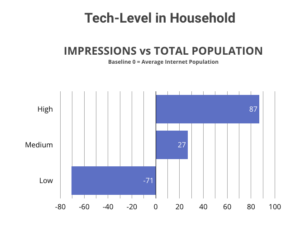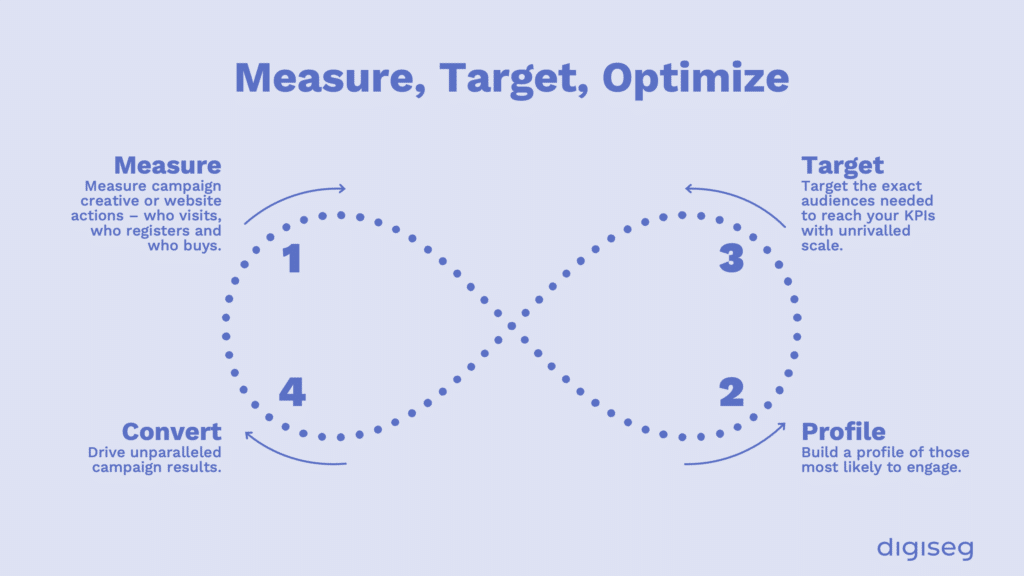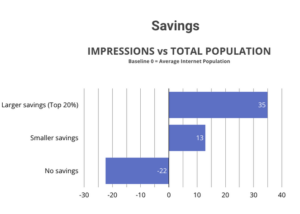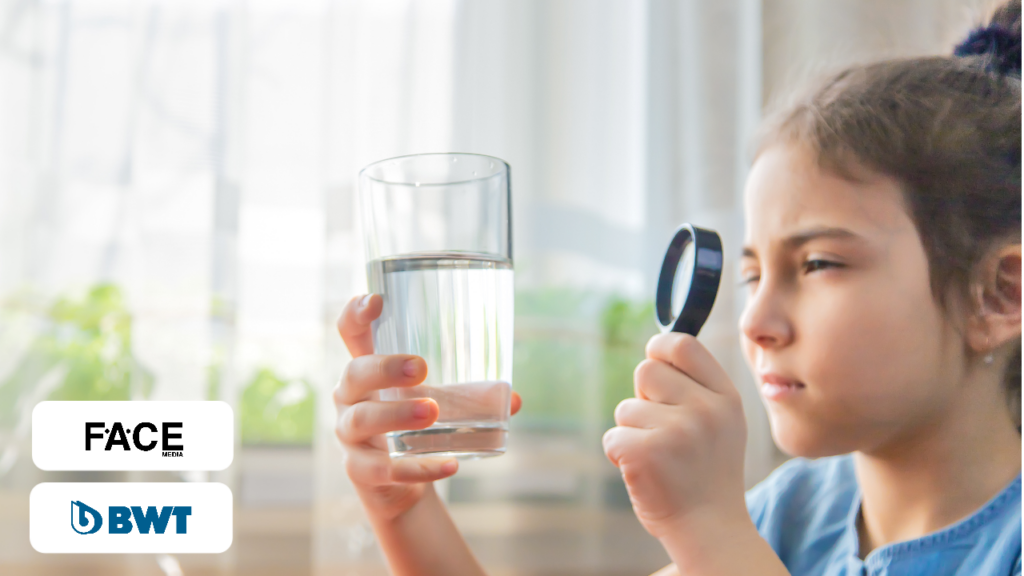Campaign Overview
The market for water softeners is growing globally but the products are relatively new to the Danish market. BWT, the Austrian water technology company, needed to increase awareness and drive intent for its line of water softening products in Denmark. Their agency, Face Media, used Digiseg data to create a campaign not based on assumptions but based on knowledge. By using the cookie-free data the agency measured BWTs most engaged audiences in order to plan and then execute a unique campaign based on facts not guess work.
Campaign Objective
The campaign objective was to bring new, qualified visits to BWT’s online store. The customer journey to purchase of water softening technology is long. The product itself is complex, requiring significant research prior to purchase and the category is new to the market. Because of this the first step was to engage potential buyers, introducing them to water softening by bringing them to the website. Increased site traffic is a prerequisite to increasing purchases so the client’s KPIs for the campaign were CTR and eCPC.

Water softening solutions represent a significant investment and the category is relatively novel in Denmark. It was important to make sure the campaign reached people not just with potential interest in the products but people that also had the means to purchase. The challenge was both to discover the correct segment and then successfully target that audience.
Traditional 3P segments are notoriously weak in Scandinavia generally because of Safari’s dominant market share. In Denmark it can be as high as 55%, rendering a significant portion of the market invisible to this legacy targeting method. Water treatment, being a nascent category in a smaller market meant contextual lacked the scale needed to run an effective campaign. Face Media had a general global profile of potential customers and knew demographics were a strong predictor of purchase intent. But little was known about the Danish market specifically. What household characteristics correlated with a purchase locally were still unknown. And activating demographics is a challenge, particularly in a country like Denmark with robust data privacy legislation.
The usual go-to for demographics online are post codes. But post codes are not determined by population, they are determined by mail volume and geography. Depending on country there can be significant variance within a code. In cases where they can provide significant precision, post codes become personally identifiable. In most cases they are at best a blunt proxy for population. This was the puzzle Face Media needed to solve: uncover the relevant consumer profile and then reach them effectively.

Solution
The solution was to leverage the flexibility of Digiseg’s unique cookie-free, household demographic data to first discover which segments were most predictive of engagement with BWT products, to then create specific custom audiences based on the profiles, then use those audiences to create a media plan and, finally, to execute the campaign.
The campaign began with discovery. Face Media placed Digiseg analytics tags on BWT’s corporate product page for its water softeners line and on the corresponding product page on BWT’s web shop. Over 72 hours, visits to both pages were then profiled across Digiseg’s 13 core household characteristics categories, the building blocks for it’s custom audience creation.
The next step was to have Digiseg’s data team analyze the results to determine which characteristics indexed highest among visitors to both pages and were most likely to correlate with engagement. Based on these insights, they created three custom audiences for BWT. One based on household income and neighborhood type. A second based on home ownership and tech level and the last based on savings and home type.
These three audiences were then used to create the media plan and allocate budget based on potential reach and media suitability in each segment.
The plan was then executed using the exact same data that created the segments. Like-for- like targeting based on people, not cookies, not context and not mail delivery routes.
Face Media also chose three other audiences for the campaign. They created a look-a-like audience based on their licensed tech stack’s DMP. And they also chose two post code strategies using Experian Mosaic audiences based on wealth, life stage and consumption habits.
Briefly, Digiseg maps household characteristics from public sources to a list of calculated (not scraped or event based) IP addresses in a given country. The mapping is population based and never less than 100 households, the IPs are calculated and the data is public—high granularity while remaining PII-free. More detail is available here: https://digiseg.io/how-digiseg-build-audience-data/.
Results
The Digiseg targeted line items outperformed the look-a-like and post code strategies in absolute terms by end of the three-month campaign. They closed with a CTR 30% better than the non-Digiseg strategies and an eCPC 7.5% cheaper. But more significantly, both KPIs, CTR and eCPC improved across the life of the campaign.
And for a key attention metric, Time-in-View, the Digiseg line items performed 20% better than post code targeting and 28% better than the look-a-like audience
The best performing strategy was the Digiseg audience based on home ownership and tech level. This audience saw its CTR improve by 30% and its eCPC decrease by 28% across the life of the campaign.
The audience based on a household’s savings and home type saw its CTR improve 27% and its eCPC decrease 28% across the life of the campaign.
The audience based on household income and neighborhood type saw a 25% improvement in CTR and a 23% decrease in eCPC.
Contrast these results with the static or declining performance for Face Media’s other strategies.
The first Mosaic strategy’s CTR started equal to the Digiseg line items and then fell 20%, ending 46% lower than the best Digiseg strategy. The eCPC increased 20%.
The second Mosaic strategy’s CTR also started equal to Digiseg but then decreased 9% across the campaign, ending 33% lower than the best Digiseg strategy. The eCPC for this strategy increased 6%.
The KPIs for the look-a-like audience remained static throughout the campaign.
